About
We aim at understanding how physical forces and molecular control modules cooperate to drive biological function.
We develop new technologies to map and perturb the main physical properties that determine how cells and tissues grow, move, invade and remodel.
By combining this physical information with systematic molecular perturbations and computational models we explore the principles that govern the interplay between chemical and physical cues in living tissues.
We study how these principles are regulated in physiology and development, and how they are derailed in cancer and aging.
Making cellular forces visible
To study cell and tissue dynamics we develop new technologies to measure physical forces at the cell-cell and cell-matrix interface. By combining these technologies with computational analysis of cell shape and velocity we obtain a full experimental characterization of epithelial dynamics during tissue growth, wound healing and cancer cell invasion.
Tumour invasion by stromal forces
Cancer cell invasion and metastasis remain the leading cause of death in patients with cancer. Both processes are the result of a complex interaction between tumor cells and their microenvironment. One of our main lines of research is to study how tumours exploit the functions of non-cancer cells in their microenvironment to invade and metastasize. We focus on the interaction between epithelial cancer cells and Cancer Associated Fibroblasts (CAFs), the most abundant cell type in the tumour stroma.
Optogenetics to control cell mechanics
The recent development of optogenetic technologies offers promising possibilities to control signalling pathways with high spatiotemporal resolution. By expressing genetically encoded light-sensitive proteins, optogenetic technology enables the reversible perturbation of intracellular biochemistry with subcellular resolution. We have developed optogenetic tools based on controlling the activity of endogenous RhoA to upregulate or downregulate cell contractility and to control cell shape and mechanotransduction.
Collective durotaxis: a mechanism for cellular guidance by mechanical cues
Directed cell migration is one of the earliest observations in cell biology, dating back to the late XIX century. Also known as taxis, directed cell migration has been commonly associated with chemotaxis, i.e. the ability of a broad variety of cell types to migrate following gradients of chemical factors. We recently demonstrated a new mode of collective cell guidance by mechanical cues, called collective durotaxis. This new migration mode emerges only in cell collectives and, strikingly, does not require isolated cells to exhibit gradient sensing.
Organoid mechanobiology
Organoids are large multicellular structures that self-organize in vitro and maintain a similar organization and functionality than the organ from which they are derived. Organoids from many organs have now been obtained from embryonic stem cells, induced pluripotent stem cells and organ progenitors. We use intestinal and kidney organoids to study how epithelia adopt three-dimensional shapes that closely resemble their structure in vivo. We also use organoids grown from primary tumors to understand how epithelial structure and function are lost with disease progression.
Engineering epithelial shape and mechanics from the bottom up
We develop new approaches to engineer epithelia in 3D. Using these approaches, we study the principles that govern the emergence of tissue shape from the bottom up. We recently found that epithelial sheets can stretch up to four times their initial area without breaking, and that they are able to recover their initial size in a fully reversible way when unstretched. Surprisingly, some cells in the tissue barely stretch, while others become ‘superstretched’, increasing their area more than ten times. We call this phenomenon ‘active superelasticity’.
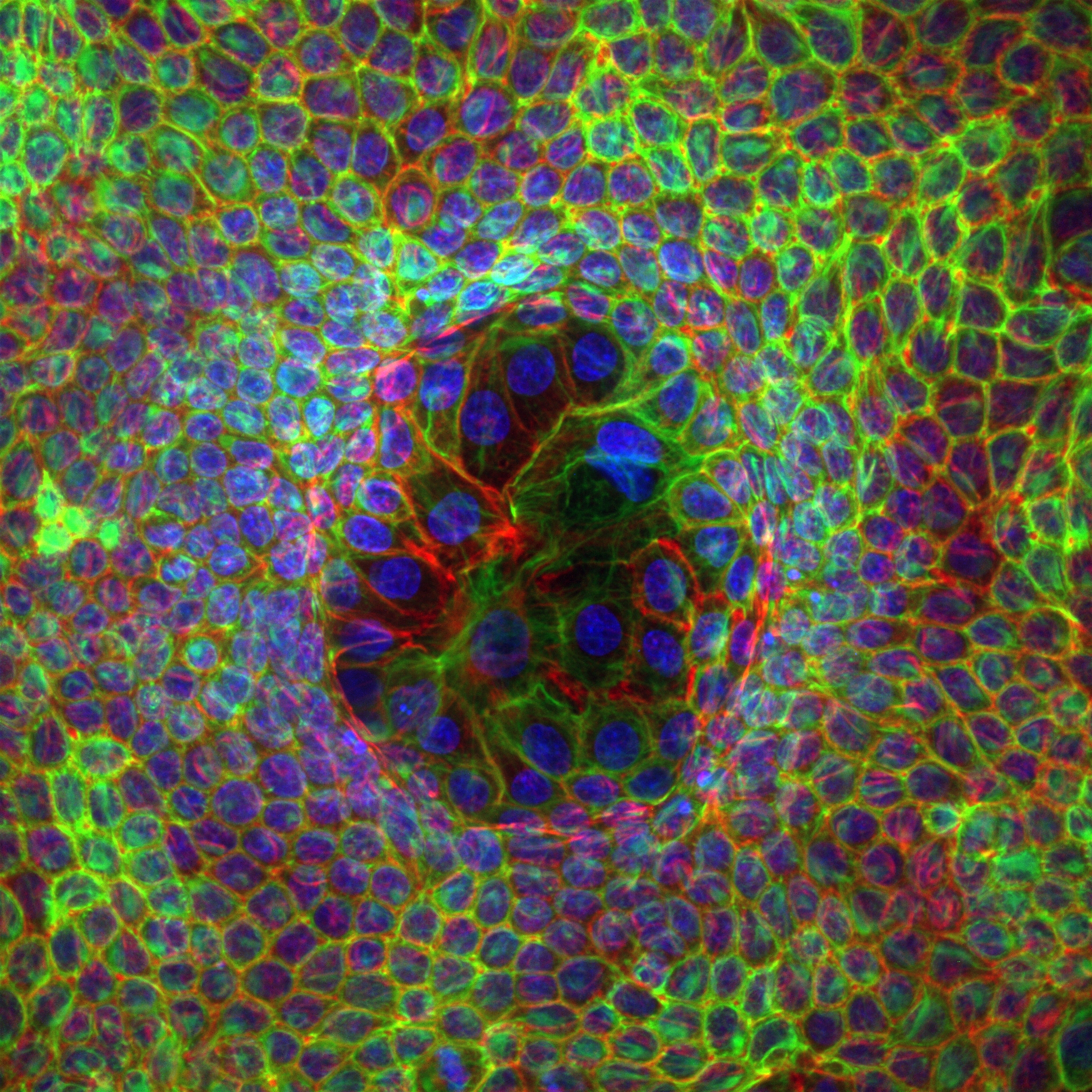

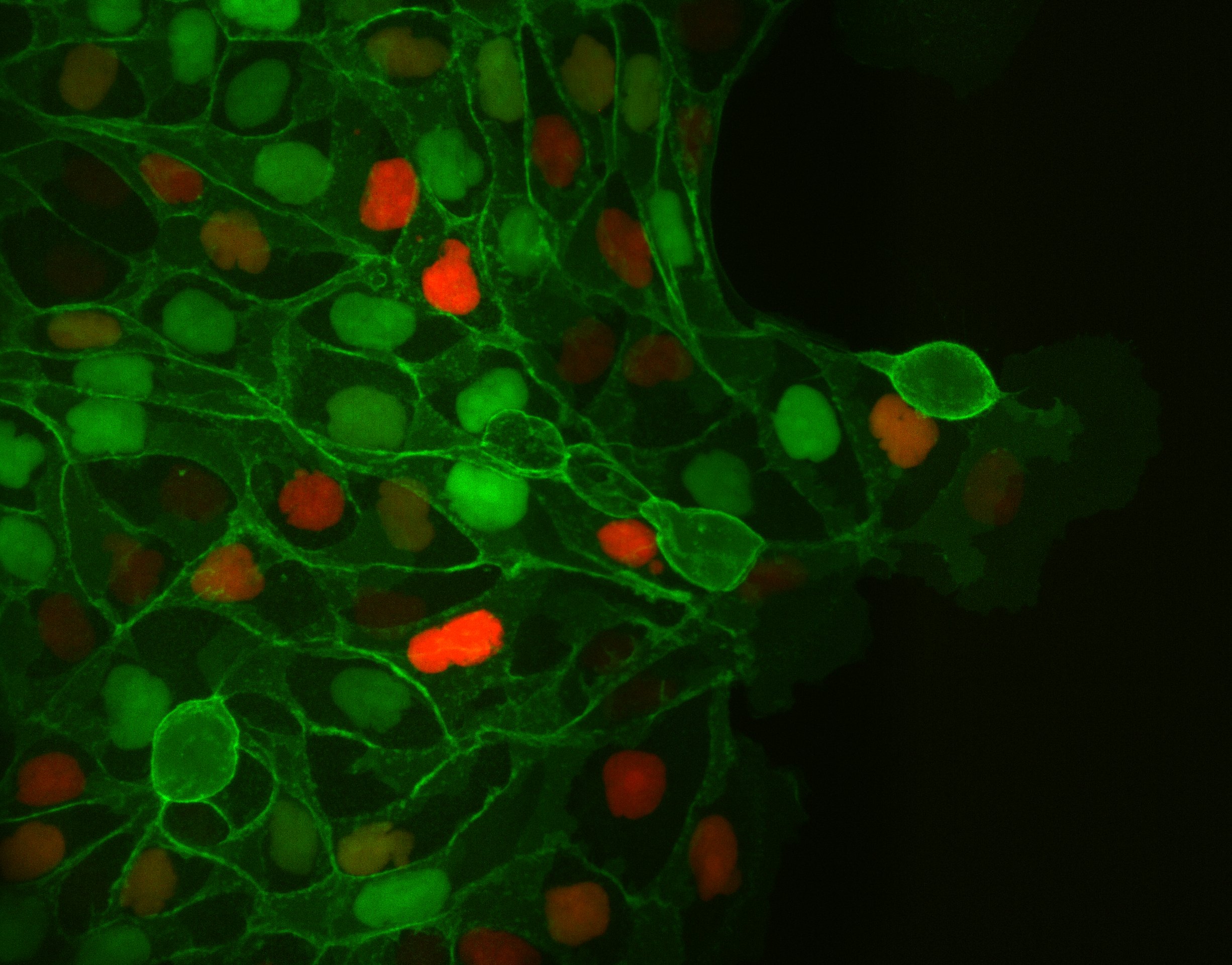
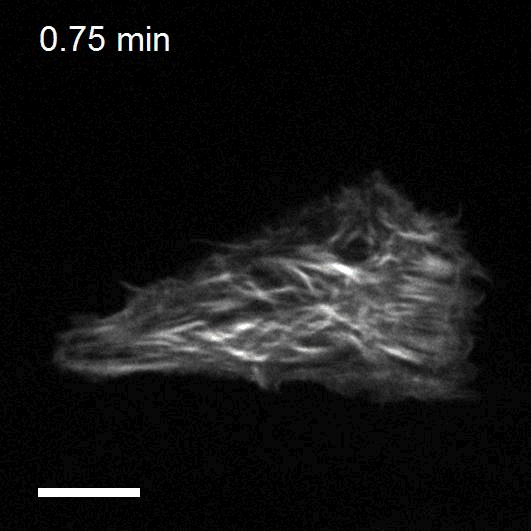
Staff
Xavier Trepat
Projects
| NATIONAL PROJECTS | FINANCER | PI |
|---|---|---|
| mGRADIENTMecanobiología de la migración colectiva durante la haptotaxis y la durotaxis: aplicación a los organoides intestinales (2019-2022) | MICIU Generación Conocimiento: Proyectos I+D | Xavier Trepat |
| DYNAGELHidrogeles biocompatibles con rigidez dinámicamente ajustable para estudiar la mecanobiología de células y tejidos (2019-2022) | MICIU Retos investigación: Proyectos I+D | Raimon Sunyer |
| INTERNATIONAL PROJECTS | FINANCER | PI |
|---|---|---|
| EpiFold Engineering epithelial shape and mechanics: from synthetic morphogenesis to biohybrid devices (2021-2025) | European Commission, ERC-AdG | Xavier Trepat |
| The role of intermediate filaments in stress resistance in 3D epithelial structures (2021-2023) | Deutsche Forschungsgemeinschaft (DFG), Walter Benjamin-Programme | Tom Golde |
| Mechano·Control Mechanical control of biological function (2017-2022) | European Commission, FET Proactive | Xavier Trepat |
| Control of cell collective flows and tissue folding by means of surface patterns (2021-2022) | Human Frontier Science Program, HFSP Beca postdoctoral | Pau Guillamat |
| PRIVATELY-FUNDED PROJECTS | FINANCER | PI |
|---|---|---|
| Mech4Cancer · Enabling technologies to map nuclear mechanosensing: from organoids to tumors (2020-2023) | Obra Social La Caixa: Health Research Call | Xavier Trepat |
| T cell exclusion during cancer immune evasion and immunotherapy failure: cell types, transcriptional programs and biomechanics (2020-2023) | Fundació La Marató de TV3 | Xavier Trepat |
| Joint Programme Healthy Ageing | Obra Social La Caixa | Xavier Trepat |
| Understanding and measuring mechanical tumor properties to improve cancer diagnosis, treatment, and survival: Application to liquid biopsies (2017-2022) | Obra Social La Caixa | Xavier Trepat |
| FINISHED PROJECTS | FINANCER | PI |
|---|---|---|
| OPTOLEADER Optogenetic control of leader cell mechanobiology during collective cell migration (2019-2021) | European Commission, MARIE CURIE – IF | Leone Rossetti |
| MECHANOIDS Probing and controlling the three-dimensional organoid mechanobiology (2019-2021) | European Commission, MARIE CURIE – IF | Manuel Gómez |
| TensionControl Multiscale regulation of epithelial tension (2015-2020) | European Commission, ERC – CoG | Xavier Trepat |
| El mecanoma de la adhesión epitelial: mecanismos de detección, resistencia y transmisión de fuerzas intercelulares | MINECO, I+D-Investigación fundamental no orientada | Xavier Trepat |
| MICROGRADIENTPAGE Micro Gradient Polyacrylamide Gels for High Throughput Electrophoresis Analysis | European Commission, ERC-PoC | Xavier Trepat |
| GENESFORCEMOTION Physical Forces Driving Collective Cell Migration: from Genes to Mechanism | European Commission, ERC-StG | Xavier Trepat |
| CAMVAS Coordination and migration of cells during 3D Vasculogenesis (2014-2017) | European Commission, MARIE CURIE – IOF | Xavier Trepat |
| DUROTAXIS Mecanobiología de la durotaxis: de las células aisladas a los tejidos | MINECO, Proyectos I+D Excelencia | Xavier Trepat |
Publications
Equipment
- Soft Lithography
- Micro/Nano fabrication
- Cell stretching
- Live Confocal Microcopy
- Magnetic Tweezers
- Magnetic Twisting Cytometry
- Monolayer stress microscopy
- Traction microscopy
Collaborations
- Julien Colombelli / Eduard Batlle
Institute for Research in Biomedicine (IRB) Barcelona - Marino Arroyo
Universitat Politècnica de Catalunya, Barcelona - Guillaume Charras / Roberto Mayor
University College London, UK - Erik Sahai
Cancer Research, UK - Benoit Ladoux
Université Paris 7, France - Jim Butler & Jeff Fredberg
Harvard University, Boston - Danijela Vignjevic
Institut Curie, Paris - Jonel Trebicka
Department of Internal Medicine I, University Hospital Frankfurt - Eduard Batlle
Institute for Research in Biomedicine (IRB) Barcelona
News
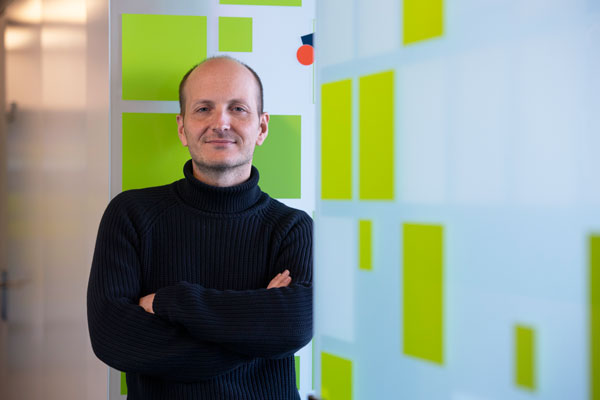
El investigador Xavier Trepat gana el premio Constantes y Vitales por sus contribuciones pioneras al campo de la mecanobiología
El Profesor de Investigación ICREA en el Instituto de Bioingeniería de Catalunya (IBEC), Xavier Trepat, ha sido galardonado con el Premio Constantes y Vitales al Talento en Investigación Biomédica, otorgado por el grupo Atresmedia y la Fundación AXA, por sus aportaciones al campo conocido como mecanobiología, aquel que estudia el efecto de las fuerzas físicas sobre los sistemas vivos y su implicación en patologías como, por ejemplo, el cáncer.
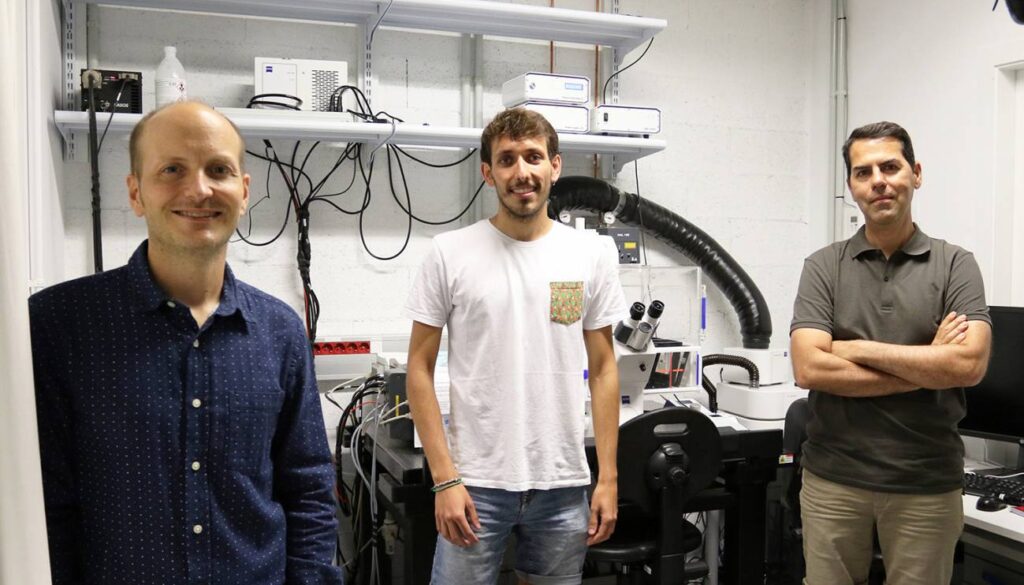
Los organoides intestinales llegan a los medios
El grupo liderado por el investigador principal Xavier Trepat en el IBEC, junto con el investigador asociado Marino Arroyo y otros colaboradores internacionales han desarrollado organoides intestinales y han medido, por primera vez, las fuerzas celulares y han descifrado como se pliega y se mueve la pared interior de este órgano vital.
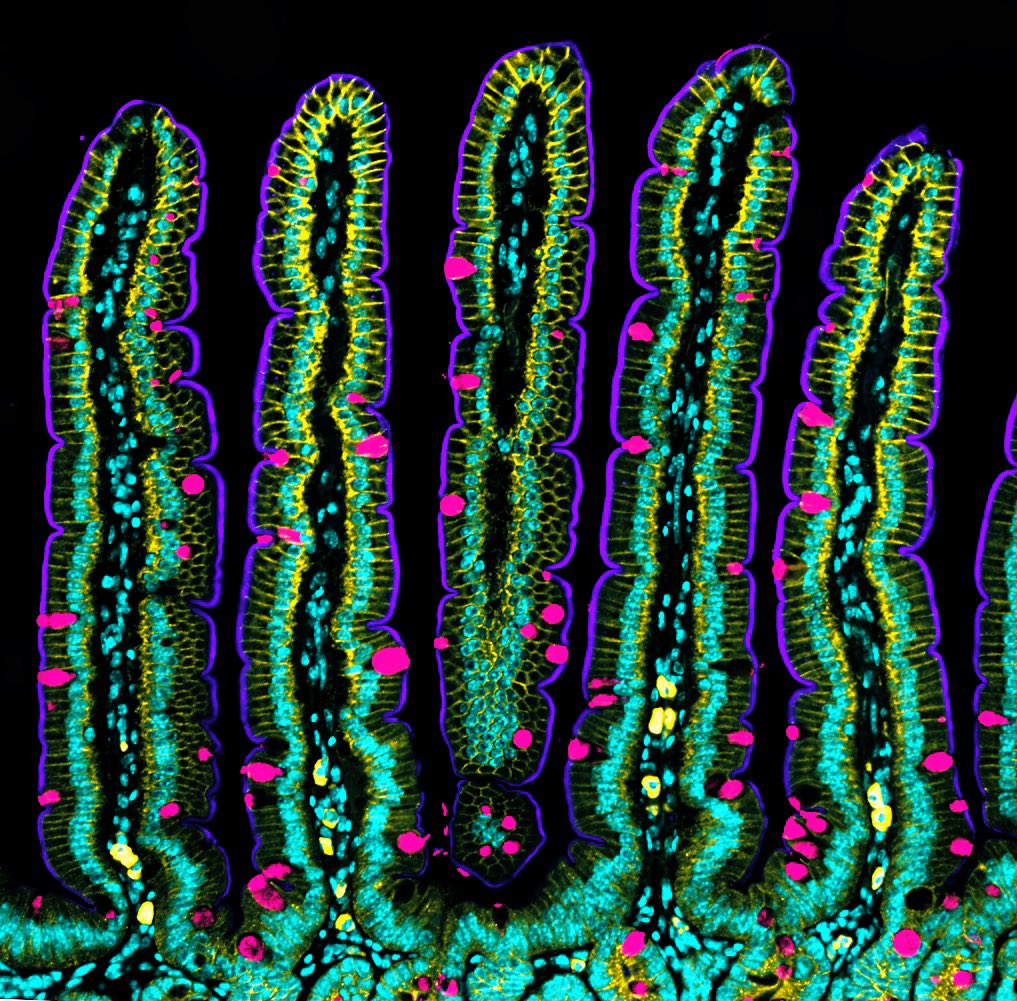
Descubren cómo se pliega y mueve la pared del intestino midiendo sus fuerzas
Una colaboración internacional liderada por IBEC y apoyada por la Fundación ”la Caixa”, mide, por primera vez, las fuerzas celulares en mini-intestinos de laboratorio, descifrando cómo se pliega y se mueve la pared interior de este órgano vital. El estudio, publicado en la revista Nature Cell Biology, abre las puertas a entender las bases de enfermedades como la celiaquía o el cáncer, y a encontrar soluciones para patologías intestinales a través del desarrollo de nuevas terapias.
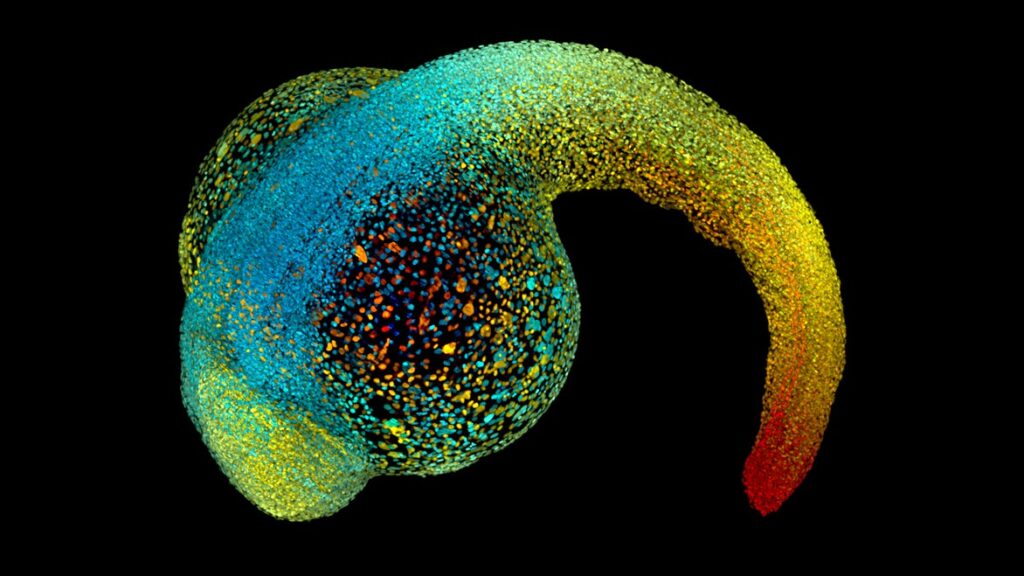
Fuerzas mecánicas, la mitad del alfabeto para entender la vida
Xavier Trepat y expertos internacionales nos recuerdan en un artículo publicado en el Journal Nature por la escritora científica Amber Dance, el papel crucial de la física para comprender entidades biológicas como células y órganos, tanto en la salud como en la enfermedad. En palabras de Trepat: “Entender una célula sin física es como intentar escribir un libro con solo la mitad de las letras del alfabeto”.
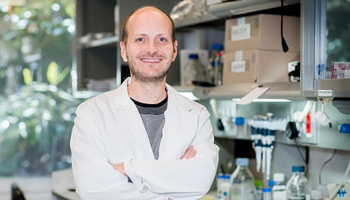
El estudio de las fuerzas físicas en la progresión de tumores
Xavier Trepat, líder del grupo de «Dinámica integrativa de células y tejidos» del IBEC, es entrevistado para la sección Big Vang de La Vanguardia explicando su estudio para mejorar el diagnóstico de la enfermedad de la progresión del tumor y poder desarrollar nuevos fármacos.
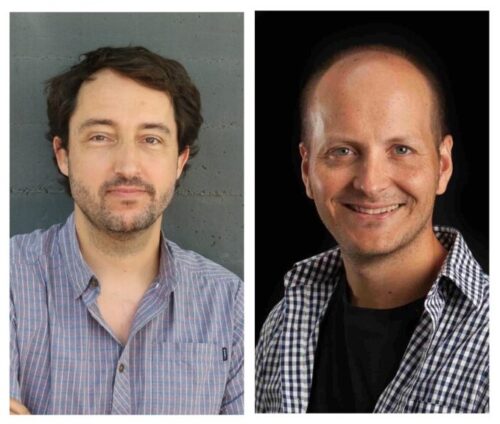
Bioingeniería contra el cáncer en el «ABC»
Xavier Trepat y Pere Roca-Cusachs, líderes de grupo en el IBEC, aparecen en el ABC explicando su proyecto de investigación que llevarán a cabo gracias a la financiación de «la Caixa» como parte del programa «Health Research Call».
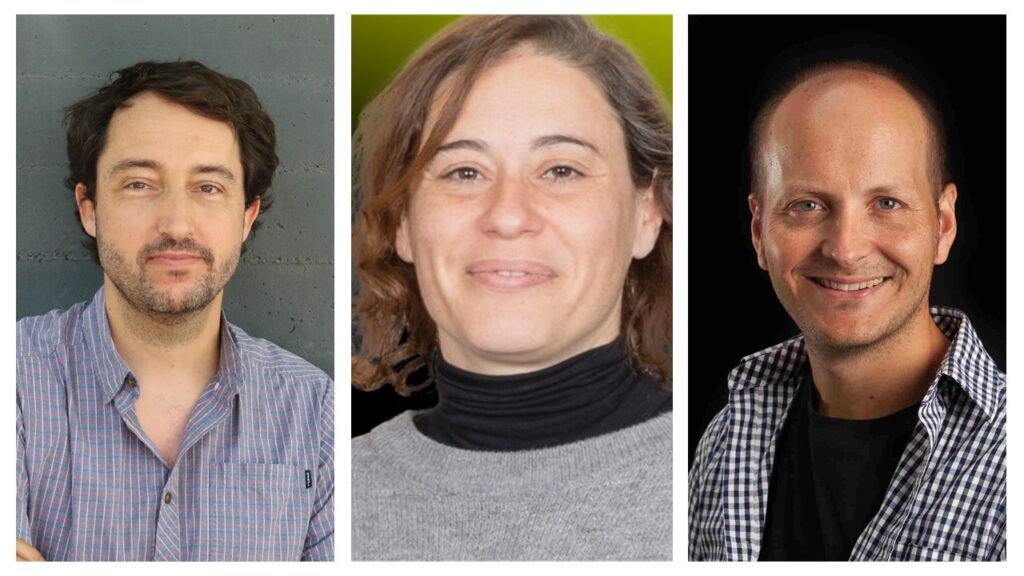
Bioingeniería contra el cáncer: investigadores IBEC reciben financiación de La Caixa
Los investigadores del IBEC Elena Martínez, Xavier Trepat y Pere Roca-Cusachs se proponen entender los procesos que promueven metástasis en cáncer colorrectal utilizando innovadoras herramientas de bioingeniería, como la bioimpresión y la microscopia capaz de revelar fuerzas a nivel celular. Los resultados se traducirán en un dispositivo que recreará el ambiente tumoral a partir de las células cancerosas derivadas de los propios pacientes, así como de una nueva tecnología que permita visualizar cómo las fuerzas físicas afectan a los núcleos de las células en metástasis.
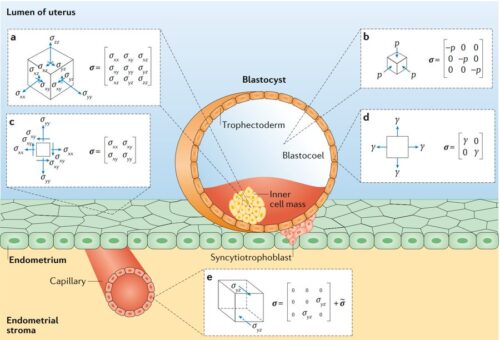
¿Cómo se mide el estrés mecánico en tejidos vivos?
Un equipo de expertos del Instituto de Bioingeniería de Cataluña (IBEC) publica en la revista Nature Reviews Physics una revisión pormenorizada de las diferentes técnicas que se utilizan para calcular el estrés mecánico en tejidos, tanto en cultivos celulares como in vivo. Determinar estos mecanismos de estrés mecánico resulta crucial para estudiar los procesos vinculados a la morfogénesis, la homeostasis y enfermedades como el cáncer. Los tejidos vivos son materiales que, para funcionar de forma correcta, necesitan moverse, dividirse, remodelarse y percibir su microambiente, continuamente.
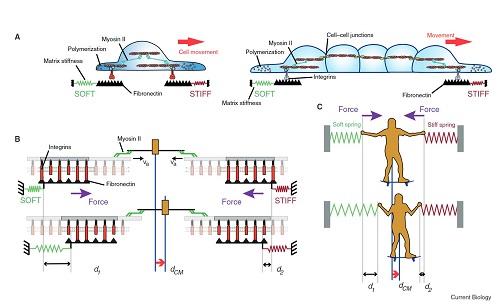
Investigadores del IBEC explican la «Durotaxis», un mecanismo de migración celular con un papel potencial en varias enfermedades
Xavier Trepat, líder del grupo de » Dinámica integrativa de células y tejidos» en el IBEC junto con Raimon Sunyer, investigador sénior en el laboratorio de Trepat, han escrito un Primer en la revista Current Biology sobre la «Durotaxis», un mecanismo de migración celular que podría tener un papel en varias enfermedades que impliquen el endurecimiento de los tejidos. El desarrollo embrionario, la progresión tumoral o la respuesta inmunológica contra patógenos requiere la migración celular.
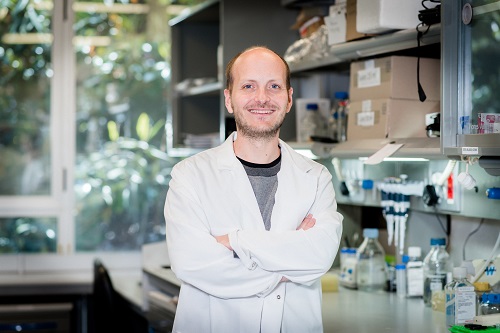
El Consejo Europeo de Investigación beca hasta 10 proyectos catalanes
Varios medios de comunicación se han hecho echo de las subvenciones otorgadas este año por el Consejo Europeo de Investigación a varios proyectos que se están llevando a cabo en Catalunya. Entre ellos se encuentra el proyecto liderado por Xavier Trepat, investigador principal en el IBEC.

 ibecbarcelona.eu
ibecbarcelona.eu